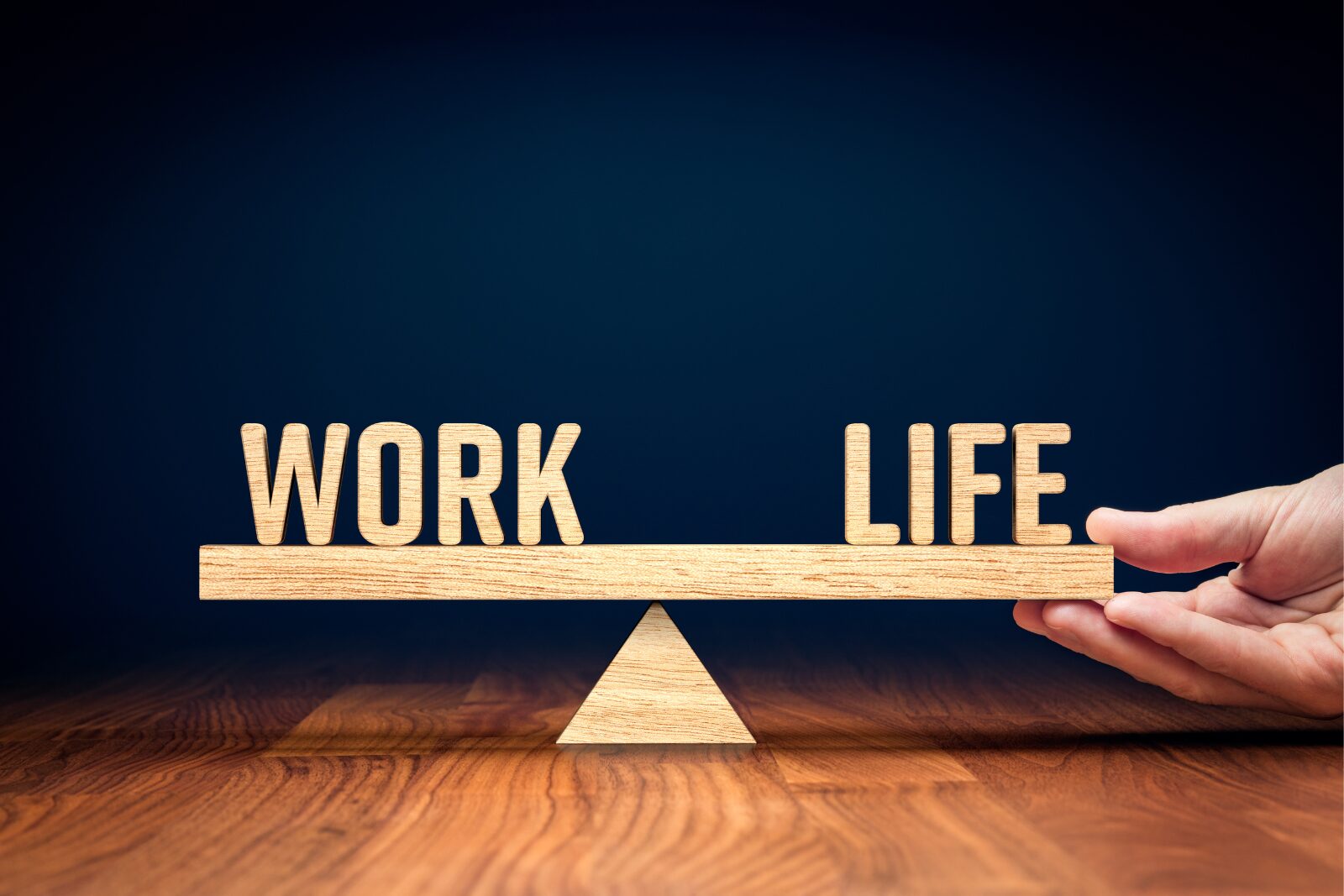For the first time in a generation, workers are increasing their power in the workplace. Facing a talent shortage, employers are more willing to offer higher pay, starting bonuses, flexibility, and training to get enough people on board to do the work. Some people aren’t yet ready to return to work amid continuing anxiety about the pandemic and some are receiving unemployment that makes returning to work less appealing, but those are not the only factors impacting the labor market. Demographics also plays a big role: while the demand for workers is increasing by 0.8 percent per year, the supply of potential employees between the ages of 20 and 64 is only growing by 0.3 to 0.4 percent. Facing a long-term shortage of workers, some companies are welcoming new hires with no experience and using on-the-job training to make up the difference.
THE AMERICAN RECOVERY PLAN ACT (ARPA)
Paycheck Protection Program (PPP)
Now that the program is over, the studies will begin to gauge its effectiveness. It clearly saved jobs – as it was intended to do – but no one knows how many. Overall, the program distributed $795 billion in 11.6 million forgivable loans to small businesses. An early study from MIT estimated the program saved only 2.3 million jobs, costing $224,000 per job, while economists from the Federal Reserve found that 13 million jobs were saved, with a cost of only $43,000 per job. What is clear is that companies that did not receive any PPP funding were more likely to cut jobs than those that received their full PPP funding request.
Unemployment Refund Checks
Many people filed tax returns before ARPA was passed in early March and were not able to take advantage of ARPA’s exclusion of up to $10,200 of unemployment income when they filed their tax returns. After the law was passed, the IRS said they would fix the problem on their end by sending out additional refunds to people who did not exclude their unemployment income on their tax returns. Now, the IRS is beginning to send those unemployment refund checks out. The first refunds started arriving in bank accounts on May 28, and the IRS will be sending out additional refunds throughout the summer. The first refunds will be sent to single filers with simple returns, followed by joint filers with simple returns. Complex returns will take more time. The IRS may seize those refunds to pay past due federal or state income tax or child support.
Economic Impact Payments (aka Stimulus Checks)
Will we be getting a fourth round of stimulus checks? According to analysis from CBS Detroit, a fourth round is unlikely. While some sectors of the economy, such as those who work in offices may have felt little impact from the pandemic, others, such as the restaurant and entertainment sectors are only now beginning to recover. Some areas, including housing, are rebounding strongly. However, unemployment remains above pre-pandemic levels while employers struggle to find enough to fill their vacant positions. While there is support in the public for additional stimulus support, perhaps in the form of $2,000 per month checks to all households, increasing vaccination rates are allowing businesses to reopen, and the economy is improving. Hence, economists are encouraging a wait and see approach. Plus, in a highly divided Congress, rapid progress on anything is unlikely.
REMOTE WORK
Employers who demand that employees return to the office may find that their employees will quit rather than give up remote work. Younger workers especially are embracing the freedom of a flexible work schedule and the ability to fit in small chores, childcare, or exercise into their workdays. Currently, only a bit more than a quarter (28%) of all office workers are back in the office, but a survey of U.S. adults found that 39% would quit their jobs if they were not given an option for remote work. However, some executives are paying attention and are at least willing to consider a hybrid schedule. A survey of executives found that while less than one in ten was willing to give up the office altogether, nearly a third were willing to accept team members working in the office three days a week.
For many office workers, a year of working remotely has taught them how to improve both their home office and their office work spaces. Some are replicating the setup they used for Zoom calls at home for their days back in the office. Others streamlined and organized their paperwork and workflow for remote work and will be implementing the same system when and if they return to the office. With remote work becoming a major part of many employees’ lives, they are investing in furniture and technology that helps them remain comfortable and productive, rather than improvising setups in closets and on kitchen tables.
REOPENING THE OFFICE
Australia took a different approach to handling the pandemic: rather than wait for vaccines, the country and states within the country imposed strict travel restrictions and lockdowns. Now, some parts of the country are returning to nearly normal and are serving as a post-pandemic model for the world of the future of office work. Five distinct models have emerged:
- As it was: Employees are back in the office as they were before the pandemic.
- Clubhouse: Employees use the office as a place for socialization and collaboration while mostly working at home.
- Activity-based working: Employees have no assigned desks but split their time between the spaces in the office or at home best suited to their current assignments.
- Hub and spoke: Employees work at smaller satellite offices closer to their homes rather than at one large central office.
- Fully virtual: Employees work full-time from home or wherever they choose. No one comes to the office.
The best choice depends largely on the type of business and the preferences of its employees. For example, a design firm might need a physical space that acts as a showroom and collaboration space, while a technology company might do best as a fully virtual workplace.
Want to offer incentives to your employees to get vaccinated? The federal Equal Employment Opportunity Commission says incentives are permissible, as long as those incentives do not feel coercive. Also, employers are urged to tread lightly in asking pre-vaccine screening questions that may reveal a private medical condition.
As people return to the office, a new question is what to wear? After a year of working from home in casual attire, many workers are no longer willing to sacrifice comfort for appearance, so employers are revising their strict pre-pandemic dress codes to include options such as leggings, casual pants, and unstructured jackets. Some employers may still require more formal attire, but manufacturers are betting on more colorful combinations than the typical black, navy blue, and grey. Casual shoemakers such as Birkenstock are even introducing a dressier line suitable for the office.
What will working in the office look like in the future? This piece in the Wall Street Journal follows the day of an office worker in the future as she reserves a desk and conference room space using an app on her phone. Instead of riding a bus or subway, she zips to work on a shared scooter. Special conference rooms with big screens allow collaboration between workers in the office and those around the world.
GENERAL RESOURCES
- IRS resources for stimulus payments:
- Use the Get My Payment tool to check on EIP payment status
- Eligibility and general information about Economic Impact Payments
- A list of frequently asked questions for stimulus payments
- The best source for up-to-date and accurate health information is the Center for Disease Control (CDC)
- Entrepreneur put together a listing of free tech resources for remote work
- The Consumer Financial Protection Bureau has warnings about COVID-related scams
- Fast Company has a listing of the best productivity apps for 2020
- The Wall Street Journal has a collection of articles on education
- The Louvre has digitized 482,000 artworks from its collection
- PC Magazine explains how to carry your vaccination card on your phone
- How to create a strong password
We sincerely hope that you and your family are well and remain well. If you have any questions or concerns, don’t hesitate to reach out to us. We are all in this together!


